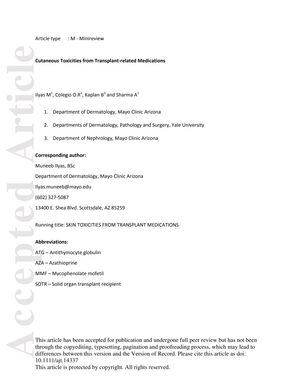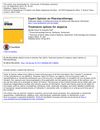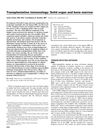Cutaneous Toxicities From Transplantation-Related Medications
April 2017
in “
American Journal of Transplantation
”
antithymocyte globulins systemic steroids cyclosporine tacrolimus azathioprine mycophenolate mofetil mTOR inhibitors sirolimus everolimus basiliximab daclizumab belatacept voriconazole serum sickness steroid acne skin fragility hypertrichosis gingival overgrowth telogen effluvium hypersensitivity reactions aphthous stomatitis impaired wound healing pilosebaceous dermatoses acneiform eruptions peripheral edema hirsutism photosensitivity alopecia steroids Rapamune Zortress Prograf CellCept Simulect Zenapax Nulojix Vfend hair loss acne skin thinning excessive hair growth gum overgrowth hair shedding mouth ulcers poor wound healing acne-like eruptions swelling excessive body hair sun sensitivity

TLDR Skin problems from transplant drugs are common and need careful management in organ transplant patients.
The 2017 minireview addressed the non-malignant cutaneous toxicities in solid organ transplant recipients (SOTRs) caused by various medications, including antithymocyte globulins, systemic steroids, cyclosporine, tacrolimus, azathioprine, mycophenolate mofetil, mTOR inhibitors (sirolimus and everolimus), basiliximab, daclizumab, belatacept, and voriconazole. It detailed specific skin toxicities such as serum sickness, steroid acne, skin fragility, hypertrichosis, gingival overgrowth, telogen effluvium, hypersensitivity reactions, aphthous stomatitis, impaired wound healing, and pilosebaceous dermatoses. The review emphasized the importance of recognizing and managing these toxicities to reduce morbidity and mortality. Sirolimus, in particular, was associated with wound healing complications in 43.2% of patients, acneiform eruptions in 15-45% of patients, and peripheral edema in 35% of liver transplant recipients. Monoclonal antibodies had a side-effect profile similar to placebo, but severe reactions were reported. Belatacept caused peripheral edema in 35% and hirsutism in 1% of SOTRs, while voriconazole led to photosensitivity and alopecia in 8% of patients. The document concluded that identifying and managing drug-induced cutaneous manifestations is crucial for SOTR care.







